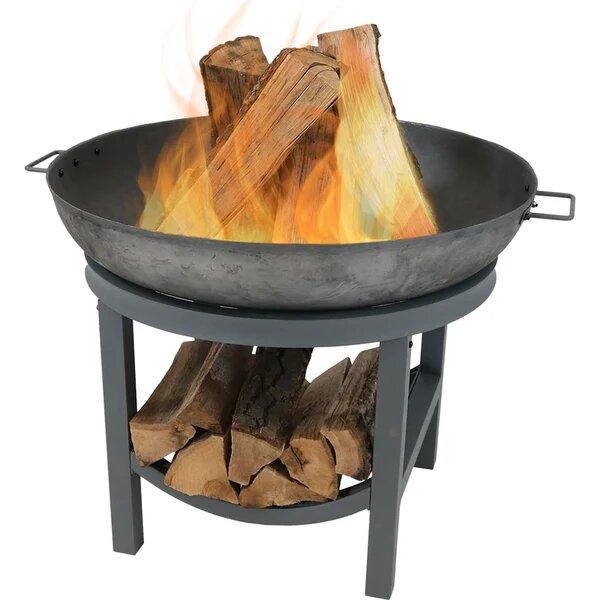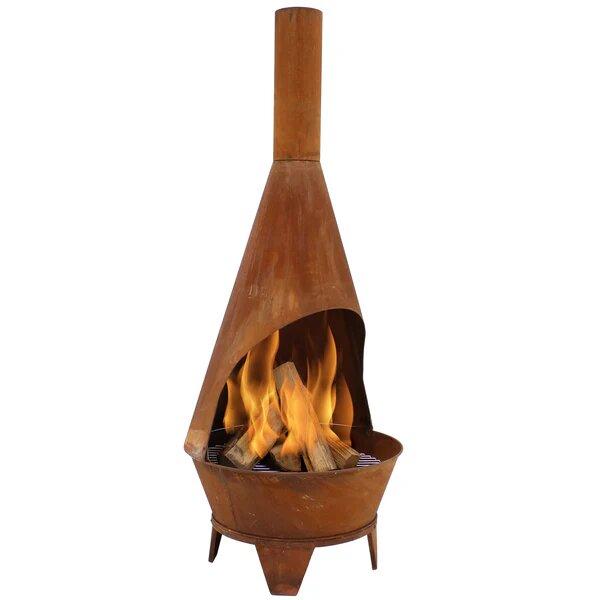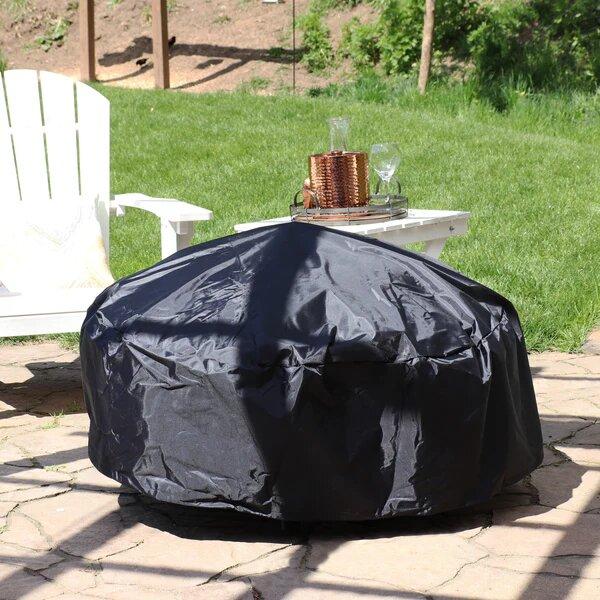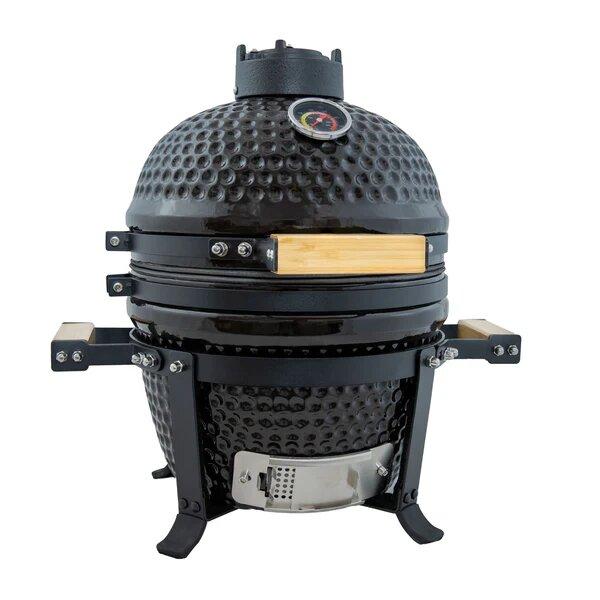These Items Are Temporarily Unavailable
Fire pits are outdoor features designed to contain a fire, providing warmth, ambiance, and a place for cooking or socializing. They come in various types and can be used in a variety of ways, depending on your needs and preferences. Here’s a breakdown of the types of fire pits and their uses:
Types of Fire Pits
Wood-Burning Fire Pits:
- Description: These fire pits use logs or firewood as fuel, producing a traditional campfire experience.
- Materials: Commonly constructed from steel, stone, brick, or cast iron.
- Uses: Ideal for creating a classic campfire atmosphere; great for roasting marshmallows, storytelling, and enjoying the crackling sound of wood burning.
Gas Fire Pits:
- Description: Fueled by natural gas or propane, these fire pits light easily and are often equipped with an ignition switch.
- Materials: Can be made from various materials, including stainless steel, stone, or concrete.
- Uses: Provide instant fire with easy control over the flame size; no need to chop wood or deal with ash. Great for patios and backyards where a clean-burning fire is preferred.
Propane Fire Pits:
- Description: Similar to gas fire pits but specifically use propane tanks as a fuel source.
- Portability: Often portable, making them suitable for outdoor gatherings or camping.
- Uses: Ideal for quick setups and for places without natural gas lines; suitable for areas where wood burning might not be allowed.
Tabletop Fire Pits:
- Description: Smaller fire pits that sit on a table or a surface, often using gel fuel or propane.
- Design: Can be decorative and are usually designed to provide ambiance rather than intense heat.
- Uses: Perfect for small gatherings and patios where space is limited.
Portable Fire Pits:
- Description: Lightweight and designed for easy transport, these fire pits can range from wood-burning to gas options.
- Features: May have collapsible designs or carrying cases.
- Uses: Great for camping, tailgating, or other outdoor events where portability is important.
Fire Bowls:
- Description: A bowl-shaped fire feature that can be wood-burning or gas-fueled.
- Style: Often has a modern aesthetic and can be made of metal or ceramic.
- Uses: Popular for creating a focal point in outdoor living spaces, providing warmth and atmosphere.
Fire Rings:
- Description: These are typically simple circular enclosures where a fire is built directly on the ground, surrounded by a metal or stone ring.
- Regulations: Often used in campgrounds and backyards, subject to local safety regulations.
- Uses: Ideal for rustic settings, camping, or backyard gatherings, providing a traditional fire experience.
Uses of Fire Pits
- Heating: Fire pits provide warmth for outdoor gatherings, extending the usability of outdoor spaces during cooler weather.
- Cooking: Many fire pits can be used for cooking food, such as grilling marshmallows, hot dogs, or using specific cooking implements (like grates or skewers).
- Ambiance: The glow and crackle of fires create a cozy atmosphere, making fire pits popular for social events, parties, or romantic evenings.
- Lighting: Fire pits provide natural lighting in outdoor spaces, enhancing the ambiance during evening gatherings.
- Social Connection: Gathering around a fire pit fosters conversation and connection among friends and family, making it a central feature for socializing.
- Cultural Traditions: Fire pits can be incorporated into traditions and rituals, such as storytelling or seasonal celebrations.
Safety Tips for Using Fire Pits
- Location: Place the fire pit in a clear area away from structures, trees, and flammable materials. Ensure it’s on a stable, level surface.
- Fire Safety Equipment: Keep a fire extinguisher, hose, or bucket of water nearby to extinguish the fire if needed.
- Containment: Use a fire pit with a proper design to contain the flames and embers, preventing them from escaping.
- Supervision: Always supervise children and pets around the fire pit.
- Wind Conditions: Avoid using the fire pit on windy days that could spread embers.
- Burn Restrictions: Be aware of local regulations regarding open fires, especially during dry seasons or in areas prone to wildfires.
- Extinguishing the Fire: Ensure the fire is fully extinguished before leaving the area, using water or dirt to put it out completely.
Conclusion
Fire pits can be a wonderful addition to any outdoor space, providing warmth, light, and a social focal point. Choosing the right type of fire pit and using it safely can enhance your outdoor experience and create cherished memories with family and friends.






